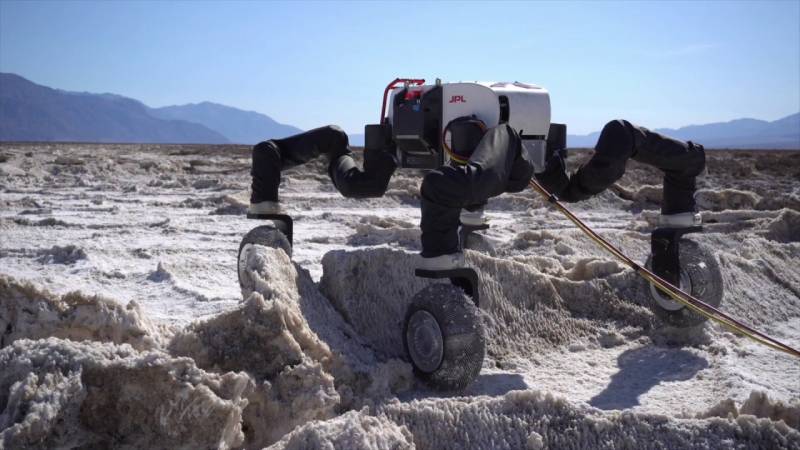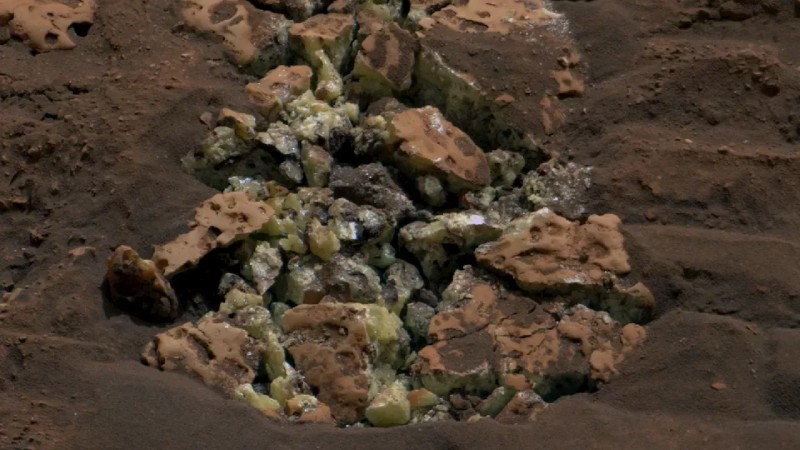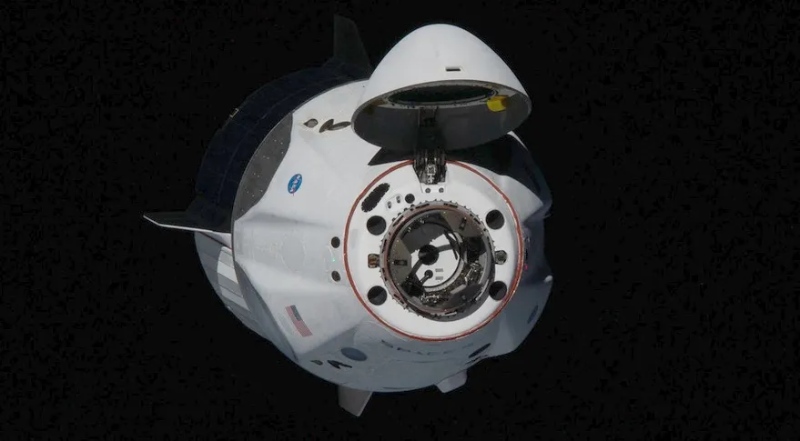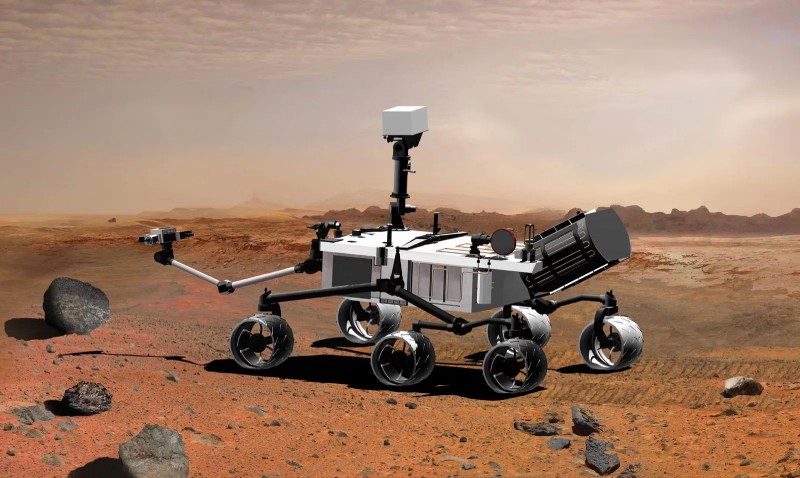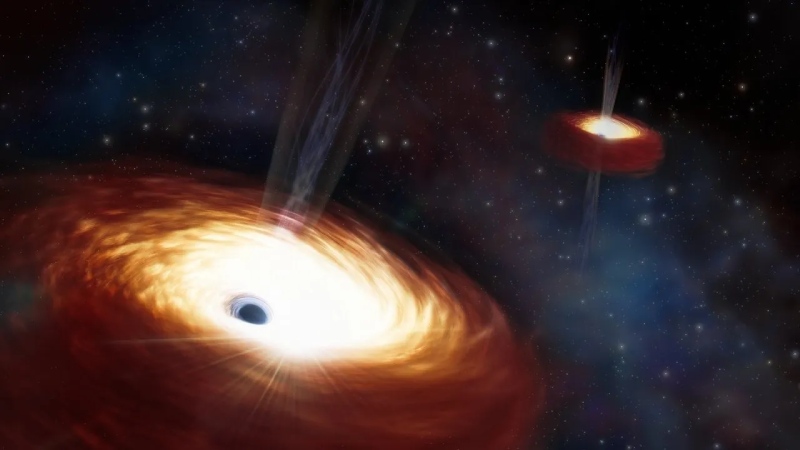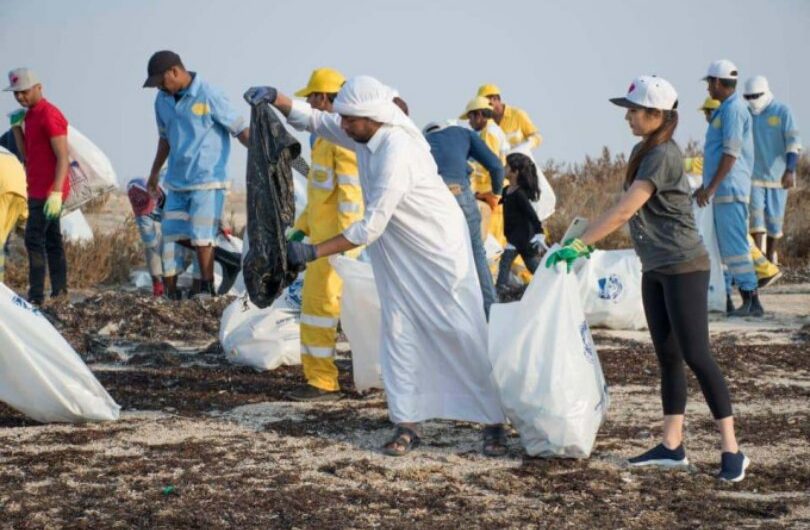In an experiment to explore how effectively they can work and communicate with one another without human input, NASA is sending three autonomous, tiny rovers to the moon.
Future advancements of autonomous robots for extraterrestrial exploration, particularly the utilization of several robots to support astronauts on their journeys, will be guided by the Cooperative Autonomous Distributed Robotic Exploration (CADRE) program.
In 2024, the rovers are scheduled to land on the moon’s surface and begin their task of mapping the lunar surface using cameras and radar to produce a 3D representation of the topography.
The four-wheeled rovers, which are each about the size of a carry-on bag, will drive to find a sunbathing location where they will open their solar panels and charge up, according to NASA. Then they will carry out experiments to test their ability for a full lunar day, or roughly 14 Earth days.
The rovers will designate a “leader” among themselves to assign tasks during the missions, and each rover will then independently determine how to safely execute its assigned duty.
According to Jean-Pierre de la Croix, the head of CADRE, “the only direction is, for example, ‘Go investigate this region,’ and the rovers figure out everything else: when they’ll perform the driving, what course they’ll take, and how they’ll maneuver around local risks. You just give them the overarching objective; they are responsible for coming up with the details.
One of the responsibilities given to the rovers is to drive in formation while using sensors to avoid obstructions. Another task is to choose their own exploration route in order to build a topographic map.
The research will evaluate the team’s ability to adjust in the event that a rover failed.
A team on Earth will be keeping an eye on the rovers’ activities.
According to Subha Comandur, CADRE’s project manager, “our mission is to show that a network of mobile robots can cooperate to accomplish a task without human intervention – autonomously.” It might alter our approach to exploration in the future. Future missions will need to answer the question, “How many rovers do we send, and what will they do together? “It might lead to a paradigm shift in how science is conducted.
Topics #Mini Rovers #Mission Moon #Moon #NASA #Rovers
